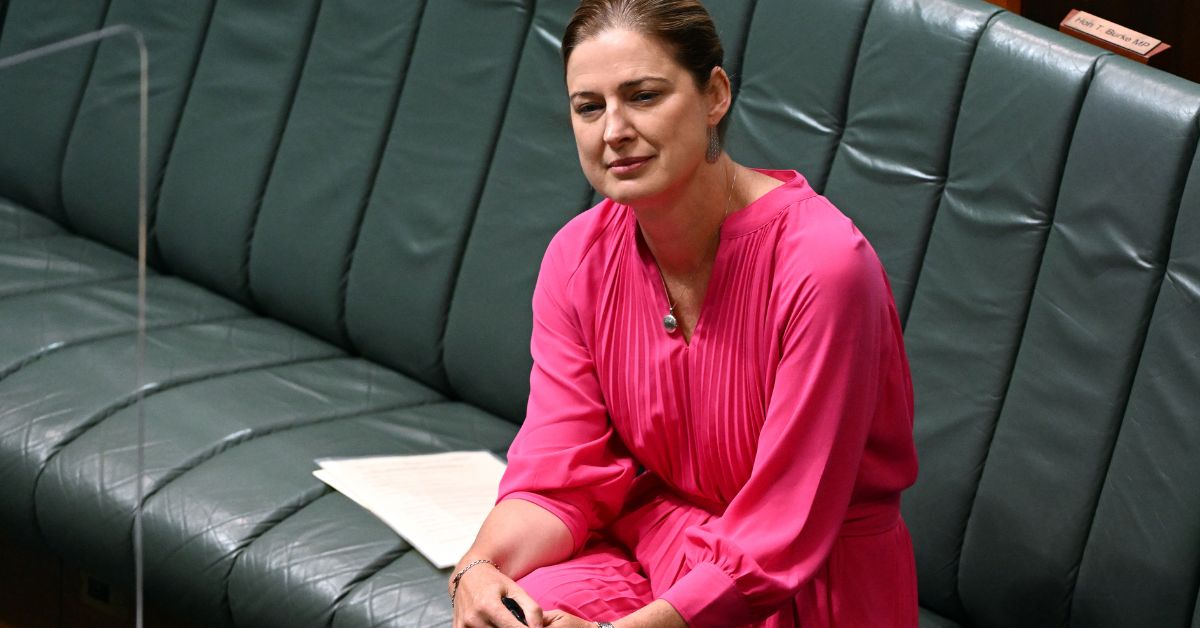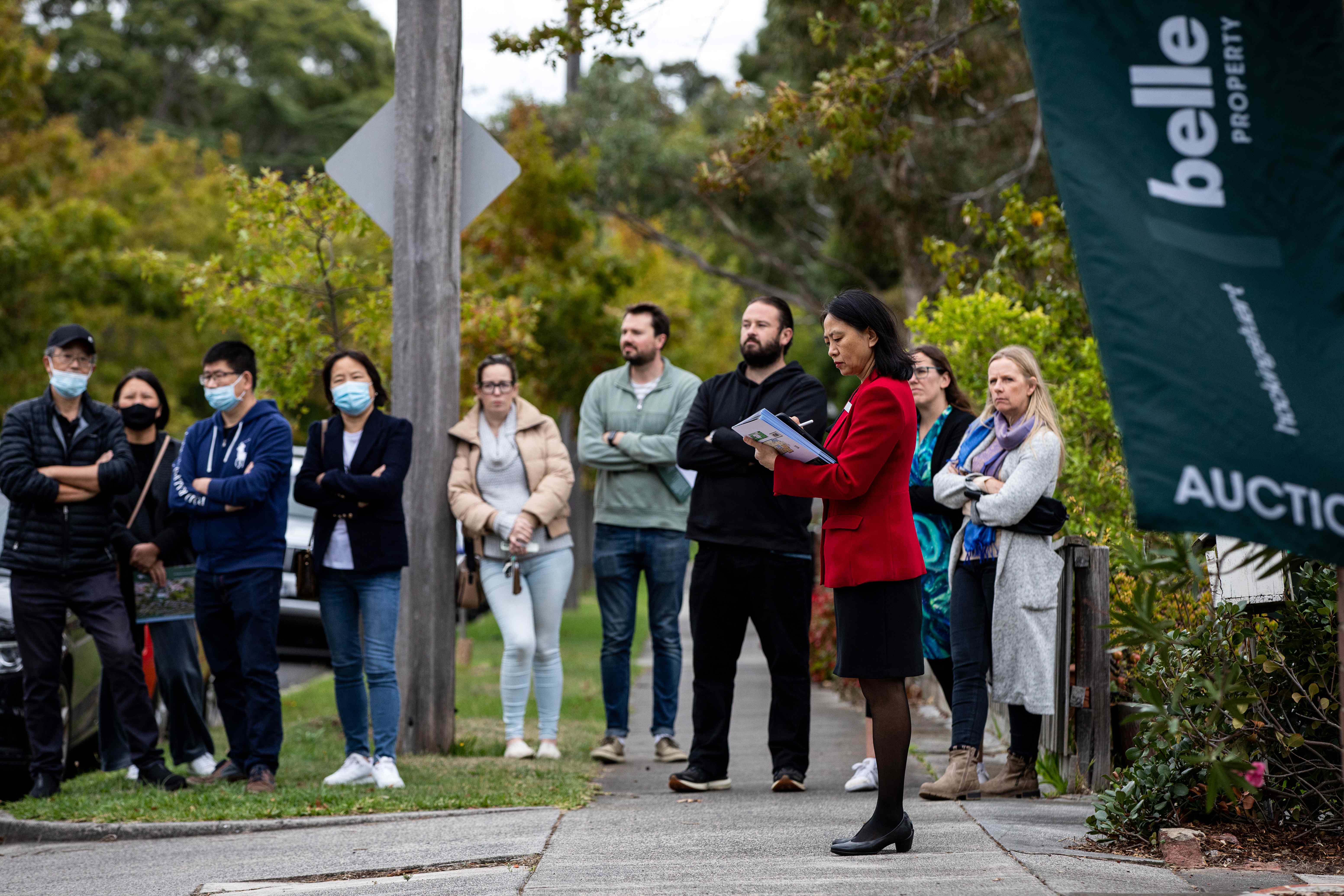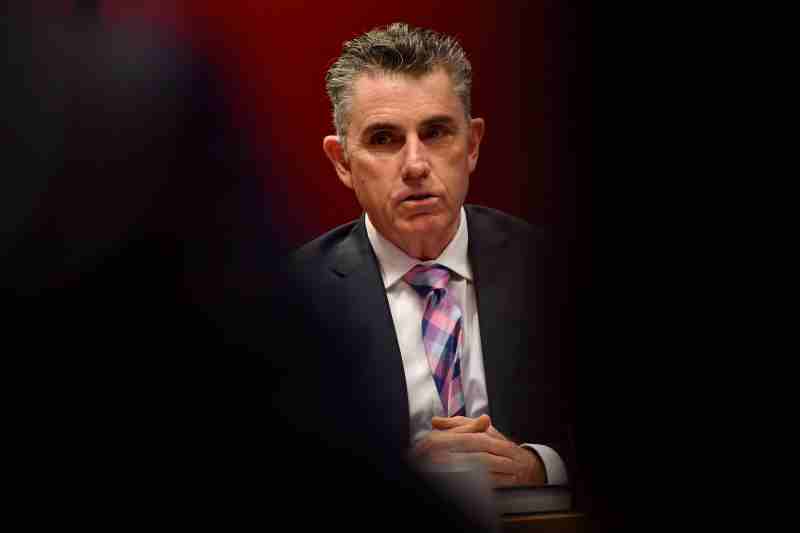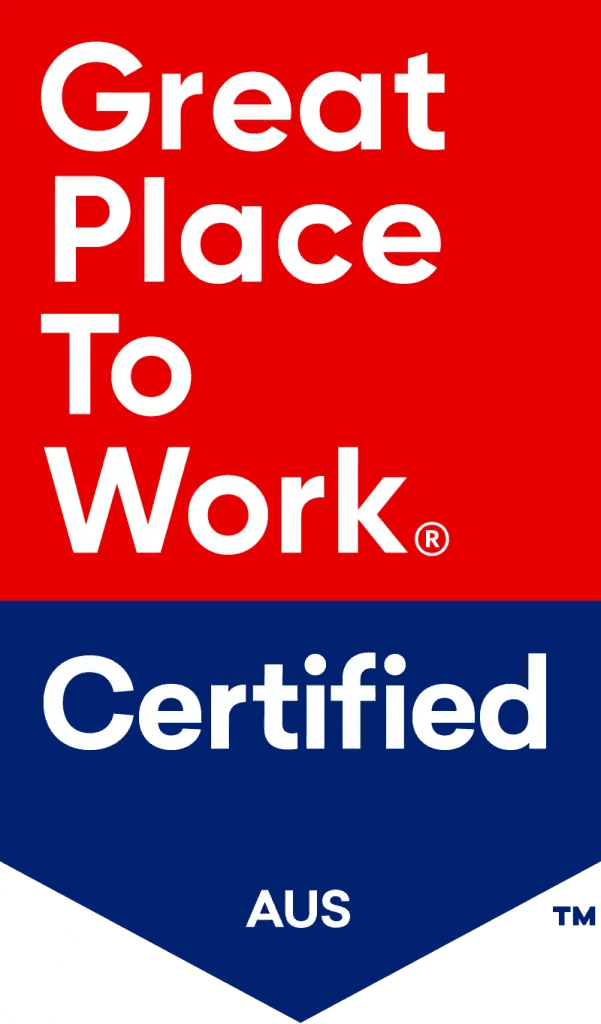Analysts are forecasting property prices will not keep rising as quickly this year (2024) as the property market stabalising appears to be occurring in key regions.
CoreLogic reported the median national property price is at a record high of $753,654, although it is far higher in Sydney at more than $1.2 million. The property market stabilising can be seen in key markets Sydney and Melbourne were fairly flat in November, but prices were still rising strongly in Perth (+1.9 per cent), Brisbane (+1.3 per cent) and Adelaide (+1.2 per cent).
CoreLogic’s chief economist Tim Lawless said property value growth was slowing as buyers at the top end of town eased up on paying sky high prices.
“We’ve seen a real reduction in borrowing capacity. And we’ve also seen serviceability constraints becoming more pressing,” he said.
“Demand is now being deflected away from those higher price points towards the middle to lower end of the marketplace.” Lawless said this included units and apartments, with prices still rising strongly in most markets.
The median price for an apartment is now more than $450,000 in every capital city except Darwin. In Sydney the median unit price sits at $836,000. “We’re moving into this burgeoning under-supply across the medium to high density sector of Australia’s housing markets, and that probably will support prices across the unit sector to some extent,” Lawless said.
Residential real estate carries Australia’s wealth
The total value of Australian residential real estate reached a new peak of $10.2 trillion at the end of October, with more than half of Australia’s household wealth tied up in its 11.1 million dwellings.
Outstanding mortgages against all residential housing stands at $2.2 trillion – a comfortable 22 per cent loan-to-value ratio.
Meanwhile commercial real estate is valued at $1.3 trillion.
Households stretched as affordability reaches all-time high
Mortgage repayments as a share of income are the least affordable on record in most cities, according to recent analysis by CBA.
“Mortgage repayments as a share of income are currently the least affordable in the history of our analysis in all cities except for Brisbane and Perth,” said CBA economist Harry Ottley.
“Median income data in the ABS employee earnings survey (which has a longer timer series) indicates repayments Australia-wide are approaching the levels seen in the late 1980s when the standard variable rate peaked at 17 per cent.”
And Sydney is leading the charge when it comes to expensive housing, leaving Melbourne in its wake, “The difference between Australia’s two most populous and usually most unaffordable cities, Sydney and Melbourne, is now the largest that it has been in this dataset,” said Ottley.
“It is likely Sydney is approaching affordability constraints in terms of dwelling price growth. Our current dwelling price forecast for Sydney in 2024 is below that of the eight-capital city index.”
With affordability based on households having a two-person income with both on average wages, many households not in this position are finding affordability even more challenging.
Meanwhile, according to analysis by financial comparison website RateCity, the ability to borrow to buy a dwelling was now about 30 per cent less than when the RBA started its rate-hiking cycle.
“Assuming the borrower secured the lowest advertised variable loan rate and could post a 20 per cent deposit, November’s rate rise will trim about $10,500 from the total a single person can borrow,” said RateCity. “The reduction in maximum borrowing capacity has now ticked past $200,000 for a typical borrower.”
Better to buy than rent
Many renters in the capital cities would be financially better off if they bought the apartment they were renting, according to research from analytics company PropTrack.
The data compiled in October forecast the cost of renting a property over a ten-year timeframe as opposed to buying a property with a 20 percent deposit.
“With how sharply rent costs are going up, a lot of first-time buyers, I think if they can manage it, they would love to jump into home ownership just to avoid the uncertainty of rent costs over the next year or so,” said PropTrack economist Paul Ryan.
The help to buy scheme will encourage more Aussie home owners
As little as a 2 per cent deposit will be enough for some prospective Australian home buyers to get into the market – with the assistance of the federal government’s Help To Buy Scheme.
In a shared equity scheme for eligible home buyers, Help To Buy applications are open to Australian citizens earning less than $90,000 individually or $120,000 as a couple per year.
The government will loan applicants part of the upfront purchase price of a new home— either 30 per cent of an existing property or 40 per cent of a new build.
“Right across the country Help to Buy will be lifechanging, bringing home ownership back into reach for thousands of Australians, particularly renters,” said Housing Minister Julie Collins.
Eligible applicants will need to have saved a minimum deposit of 2 per cent and show they can comfortably finance the rest of the property price through a home loan.
For news and insights from experts around the industry, download edition four of the Australian Conveyancer, today.






